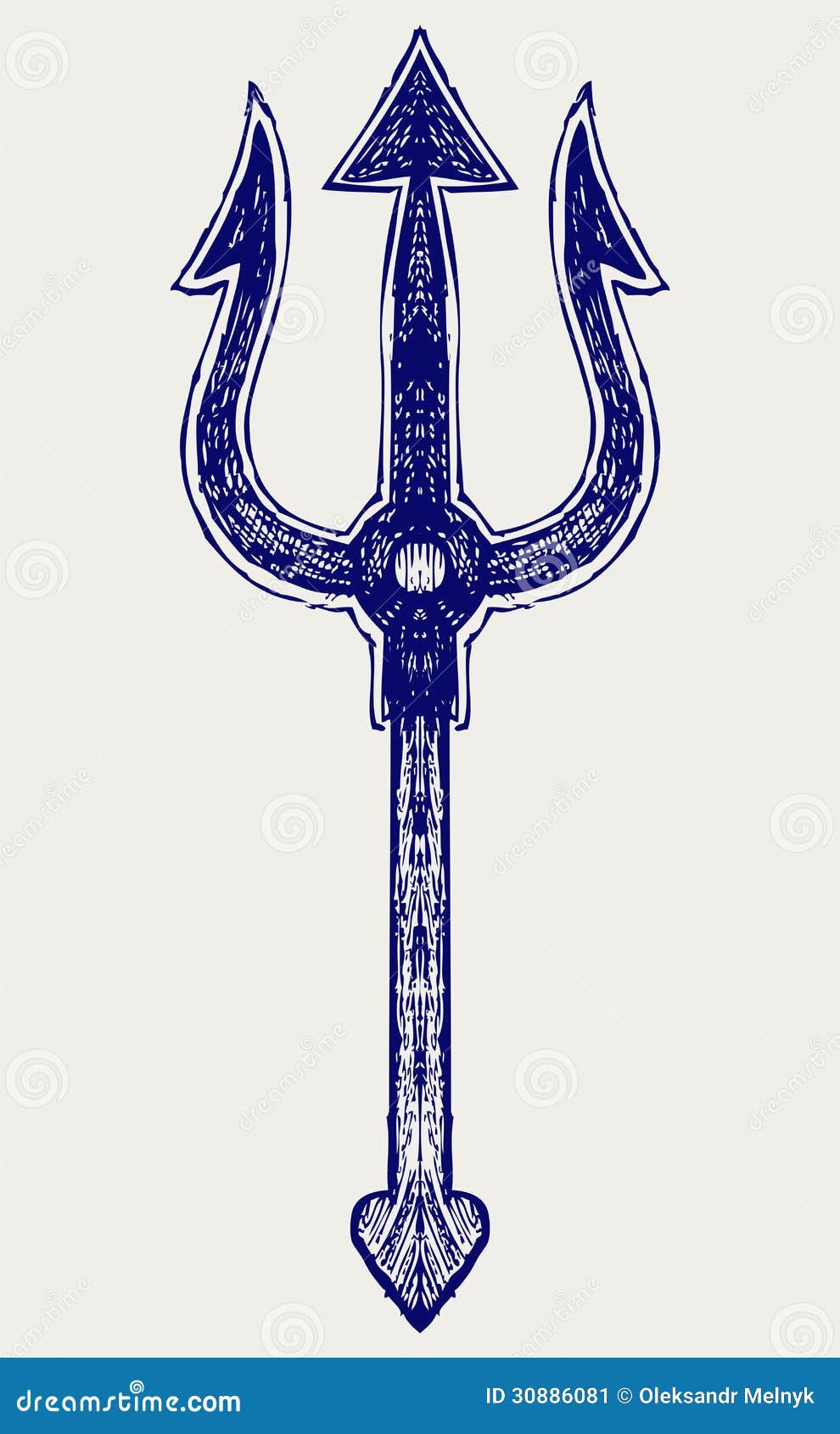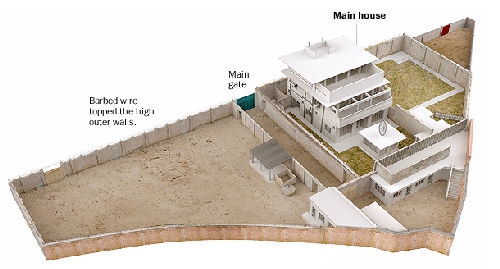
Upon verifying the condition and location of the American citizen, he withdrew from the fortress. Running low on ammunition, he utilized weapons from deceased Afghans to continue his rescue attempt. Without regard for his own personal safety, he moved forward another 300-400 meters into the heart of the fortress by himself under constant enemy fire in an attempt to locate the injured citizen. Chief Petty Officer (Brown) then took matters into his own hands. As darkness began to fall, no attempt was going to be made to locate the other injured American citizen. After reporting his efforts to the remaining members of the rescue team, they left and attempted to locate the missing citizen on the outside of the fortress. Forced to withdraw due to large volumes of fire falling on his position, he was undeterred. After establishing the possible location of both American citizens, under heavy fire and without concern for his own personal safety, he made two attempts to rescue the uninjured citizen by crawling toward the fortress interior to reach him. He was forced to walk through an active anti-personnel minefield in order to gain entry to the fortress. Once inside, Chief Petty Officer (Brown) was engaged continuously by direct small arms fire, indirect mortar fire and rocket-propelled grenade (RPG) fire. The citation, in part, reads, “Chief Petty Officer (Brown) deployed to…locate and recover two missing American citizens, one presumed to be seriously injured or dead, after hard-line al-Qaeda and Taliban prisoners at the Qala-i-Jangi fortress in Mazar-e-Sharif over powered them and gained access to large quantities of arms and ammunition stored at the fortress. That said, in a seemingly similar situation that took place just months later, a confirmed DEVGRU operator was listed as belonging to a non-classified SEAL team in his Silver Star citation as well.) This is the source of some confusion as the Navy Cross award citation lists SEAL Team One as the SEAL’s parent outfit. (The author didn’t use the SEAL’s real name, however, it’s easily discovered. Bloody Heroes, a chronicle of the SBS’s role in the conflict penned by war report Damien Lewis, details the remarkable bravery of ‘Sam Brown.’ Brown is described as an experienced and unflappable DEVGRU operator who would become the first SEAL since 1989 to be awarded the Navy Cross. Included among the small group of Special Boat Service troopers was a SEAL who had been ‘seconded’ to the UKSF unit as part of an exchange program. Army Special Forces, and the British Special Boat Service that resulted in the death of hundreds of Taliban fighters.



What followed was a bloody, week-long engagement involving the prisoners and the Northern Alliance, U.S. Spann, a former ANGLICO Marine, became the first American killed in combat during the GWOT when several hundred Taliban detainees turned on their captors. On November 25th, 2001, less than three months after the 9/11 attacks, a prison uprising at the massive Qala-i-Jangi fortress near Mazar-e-Sharif claimed the life of CIA Paramilitary Operations Officer Johnny “Mike” Spann. Those events would provide a glimpse of both the heroism and tragedy that was to follow for SEAL Team Six in the decade ahead. Despite being forced to wait its turn to enter the fight in the Global War on Terror (Delta was the first special mission unit that JSOC sent to Afghanistan in the wake of 9/11), DEVGRU would play a pivotal role in a number of major actions that took place during the early stages of the war.


 0 kommentar(er)
0 kommentar(er)
